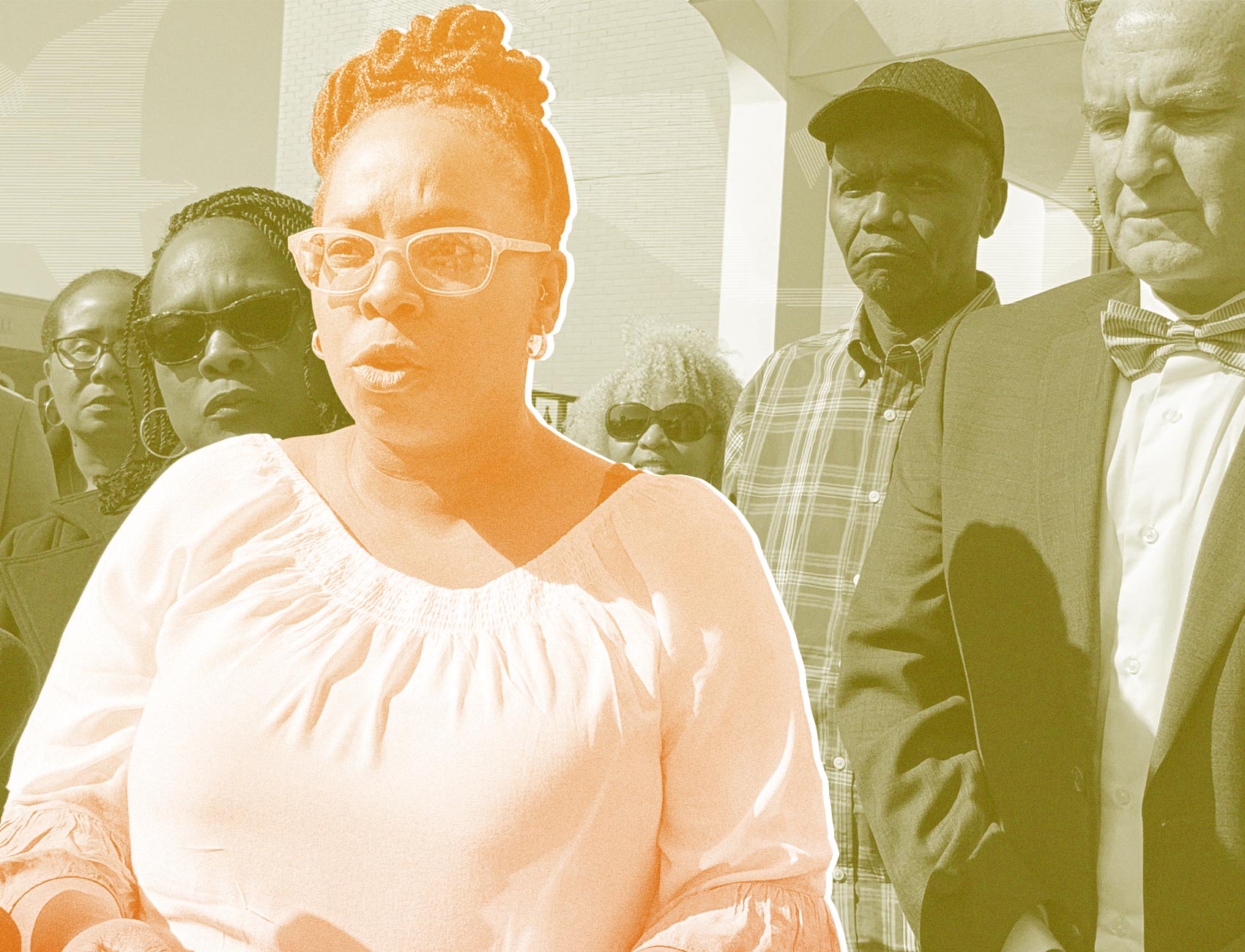An Alabama Man Faces The Death Penalty For Two Murders. Could The Police Be Involved?
In March, Coley McCraney was arrested and charged with capital murder in the 1999 killings of two teenage girls. But his attorneys say he’s innocent, and are now seeking information related to alleged police involvement in the homicides.

Attorneys representing a man charged in the 1999 murders of two teenage girls in Alabama have filed motions seeking evidence related to alleged police involvement in the case.
The man, Coley McCraney, was charged with capital murder in March of this year for the killings of J.B. Beasley and Tracie Hawlett and is facing the death penalty. His attorneys have requested documents related to Ozark Police Department officers and the girls’ deaths, and they will make their case for access in a hearing scheduled for Monday.
On Aug. 21, McCraney’s attorneys asked for interviews that the department conducted with former officer Rena Crumb about Beasley and Hawlett’s deaths. In the motion, they wrote that Crumb was interviewed several times throughout the homicide investigation, including by current police chief Marlos Walker. “Some of this evidence is in fact exculpatory,” wrote the attorneys, Andrew Scarborough and David Harrison.
In 2015, blogger Jon Carroll reported that Crumb said she “could no longer live with what she knew” and she allegedly told Beasley’s family that a former police officer was responsible for the murders. Carroll alleged in his post that the double homicide was connected to cassette tapes in the girls’ possession implicating the police and other officials in the local drug trade. The officers in Carroll’s report denied any involvement in the homicides and in 2016 sued him for defamation in Dale County Circuit Court. Last year, the officers dropped their lawsuit after Carroll declared bankruptcy.
On Sept. 9, McCraney’s legal team filed a motion requesting access to documents related to the 2006 suicide of Ozark officer Butch Jones. Among the documents Scarborough and Harrison seek to examine are the autopsy, incident, and ballistics reports. “It is possible that said documents could be used in the defense,” the attorneys wrote in the motion. It is unclear how Jones’s suicide may be connected to the murders of Beasley and Hawlett.
In addition, Scarborough and Harrison have asked for a list of all Ozark police officers who had 9-millimeter or .380 pistols at the time of the teenagers’ murders and documentation of any department-issued weapons that went missing after the teenagers were murdered. During a preliminary hearing in McCraney’s case, Lt. Michael Bryan said he believed a 9mm pistol was used to kill Beasley and Hawlett.
Scarborough declined to comment on how the documents he requested through his motions relate to the double murder. “We feel that it might be relevant to our case,” he told The Appeal. “In what way I just don’t really want to go into discussing.”
A spokesperson for the Ozark Police Department did not respond to requests for comment.
On Aug. 1, 1999, Beasley and Hawlett, both 17, were shot to death in the backseat of Beasley’s car. The girls were last seen the previous night when they left their homes in the small city of Dothan, roughly 20 miles away, for a birthday party.
The murders baffled police, and in 2000, “America’s Most Wanted” aired a segment on the case. In a motion last month, McCraney’s attorneys requested that law enforcement agencies hand over “any and all tips received during and after the airing of any and all America’s Most Wanted episodes, conducted by any city, state or federal law enforcement agency.”
There was no significant movement in the case until March, when the Ozark police announced the arrest of McCraney with the help of DNA and a public genealogy database. Lab results had indicated that there was a “high degree of confidence” that McCraney’s DNA was found on Beasley’s sweater and underwear. Results of a vaginal swab also returned a potential match for McCraney, which law enforcement has said indicates that McCraney raped Beasley.
In September, the U.S. Department of Justice issued new rules that limit law enforcement’s use of these databases to serious crimes like rape and murder. The rules, which go into effect in November, will also prohibit police from uploading fake profiles to genealogy websites without first identifying themselves.
McCraney, a bishop at an Ozark church, has maintained his innocence, and Harrison told The Appeal in July that he has evidence that will show McCraney did not kill Beasley and Hawlett. “What’s crazy about this thing is the majority of the county knows who did it specifically, they know the person’s name,” Harrison said. “If you go to any church, they tell me who did it. The majority of the people know who did it. The real killer is going to be exposed.”
